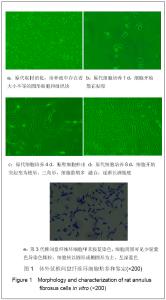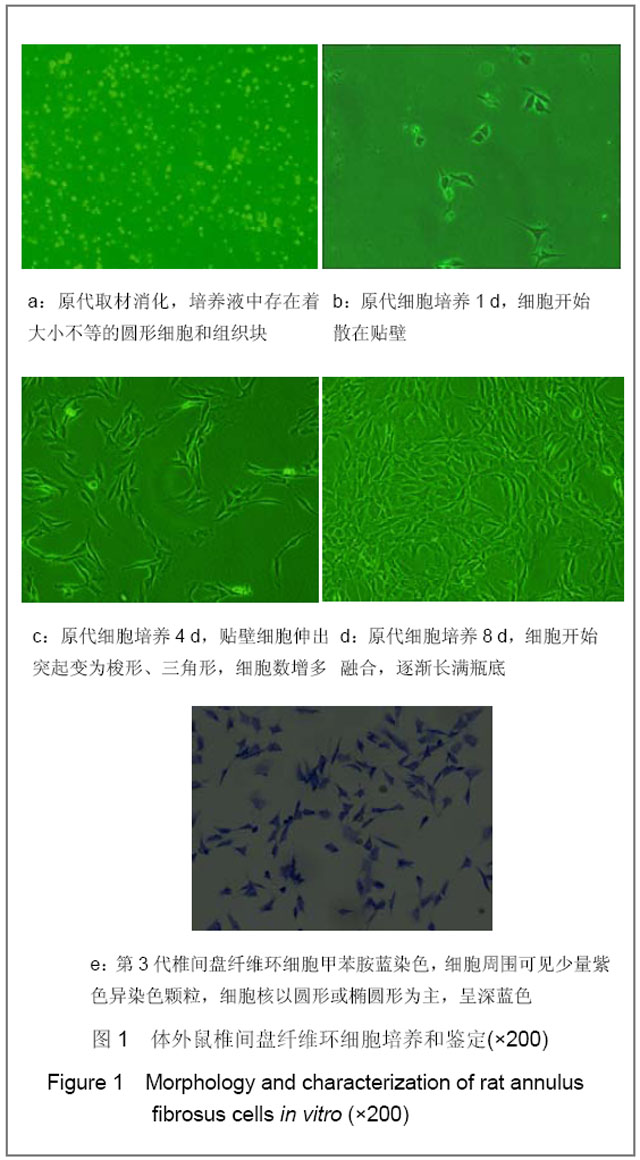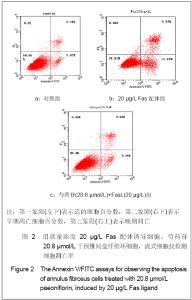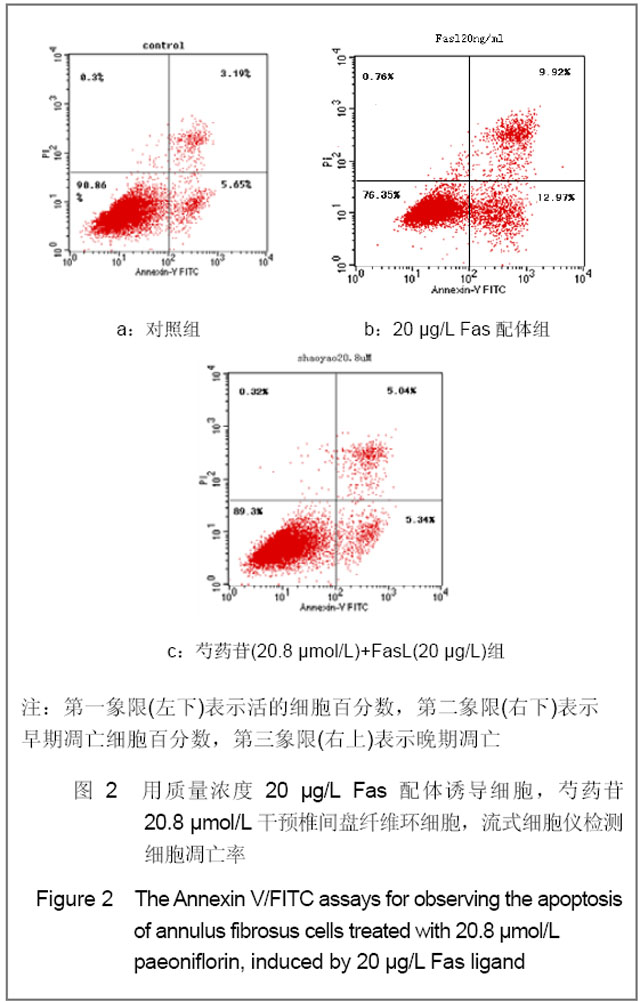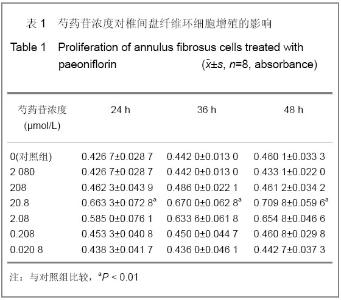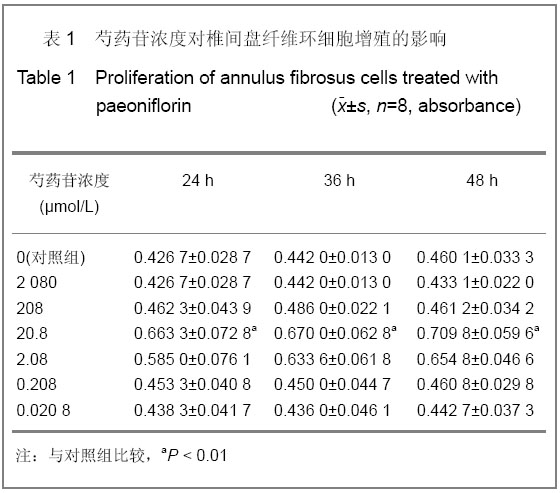| [1] Wang SZ,Chen SJ,Gong DG,et al. Zhongguo Kangfu Lilun yu Shijian. 2005;11(10):859-860.王诗忠,陈水金,龚德贵,等.分期综合疗法治疗颈椎间盘突出症疗效观察[J].中国康复理论与实践,2005,11(10):859-860.[2] Wang SZ,Chen SJ,Song HM. Zhongguo Kangfu Lilun yu Shijian. 2005;11(11):956.王诗忠,陈水金,宋红梅.颈椎间歇性拔伸手法治疗青年颈椎病的疗效分析[J].中国康复理论与实践,2005,11(11):956.[3] Wang YJ,Shi Q,Jia LS. Zhongguo Zhongyi Gushangke Zazhi. 2006;14(S2):196-200.王拥军,施杞,贾连顺.关于颈椎病的历史与发展[J].中国中医骨伤科杂志,2006,14(S2):196-200.[4] He L,Wang ZF,Han MF. Liaoning Zhongyiyao Daxue Xuebao. 2007;9(6):59-60.何磊,王志峰,韩明舫.腰椎间盘退变机理及防治的研究[J].辽宁中医药大学学报,2007,9(6):59-60.[5] Pei QY,Ma Y. Zhongguo Zhongyi Gushangke Zazhi. 2007; 15(8): 61-63.裴庆玉,马勇.治疗神经根型颈椎病常用内服药方分析[J].中国中医骨伤科杂志,2007,15(8):61-63.[6] Chinese Pharmacopoeia Commission. Beijing:Chemical Industry Press. 2000:78,125.中华人民共和国卫生部药典委员会. 中华人民共和国药典2000年版一部[M].北京:化学工业出版社,2000:78,125.[7] Tian DH. Beijing:People’s Medical Publishing House,2002: 568-575.田代华.实用中药辞典(上卷)[M].北京:人民卫生出版社,2002: 568-575.[8] Cui LY, Liu SL, Ding Y,et al. IL-1beta sensitizes rat intervertebral disc cells to Fas ligand mediated apoptosis in vitro. Acta Pharmacol Sin. 2007;28(10):1671-1676.[9] Hughes KJ, Chambers KT, Meares GP,et al. Nitric oxides mediates a shift from early necrosis to late apoptosis in cytokine-treated β-cells that is associated with irreversible DNA damage. Am J Physiol Endocrinol Metab. 2009;297(5): E1187-E1196.[10] Wu YM,Xu HP,Wang CT,et al. Zhongguo Yaolixue yu Dulixue Zazhi. 2002;16(3):172-175.吴玉梅,许汉鹏,王春婷,等.芍药苷对培养小鼠皮层神经元的保护作用[J].中国药理学与毒理学杂志,2002,16(3):172-175.[11] Sun R,Wu DD,Zhang ZP,et al. Zhongguo Yaoxue Zazhi. 2006; 41(22):1710-1712.孙蓉,武栋栋,张作平,等.过氧化氢诱导PC12细胞凋亡及芍药苷的保护作用[J].中国药学杂志,2006,41(22):1710-1712.[12] Jiang M,Yu LY,Bian HM,et al. Zhongguo Zhongyi Jizheng. 2009;18(6):937-941.姜淼,禹良艳,卞慧敏,等.芍药苷对KCl诱导原代培养大鼠皮层神经元损伤的保护作用[J].中国中医急症,2009,18(6):937-941.[13] Takada T, Nishida K, Doita M,et al. Fas ligand exists on intervertebral disc cells: a potential molecular mechanism for immune privilege of the disc. Spine (Phila Pa 1976). 2002;27 (14):1526-1530.[14] Park JB, Kim KW, Han CW,et al. Expression of Fas receptor on disc cells in herniated lumbar disc tissue. Spine (Phila Pa 1976). 2001;26(2):142-146.[15] Takada T, Nishida K, Doita M,et al. Fas ligand exists on intervertebral disc cells: a potential molecular mechanism for immune privilege of the disc.Spine (Phila Pa 1976). 2002;27 (14):1526-1530.[16] Li XC,Li L,Wang H,et al. Zhonghua Yixue Zazhi. 2005;85(24): 1718-1720.李小川,李雷,王欢,等.Fas/FasL基因在退变腰椎间盘组织中的表达及诱导凋亡作用[J].中华医学杂志,2005,85(24): 1718-1720.[17] Tegeder I, Lötsch J. Current evidence for a modulation of low back pain by human genetic variants. J Cell Mol Med. 2009; 13(8B):1605-1619. |
